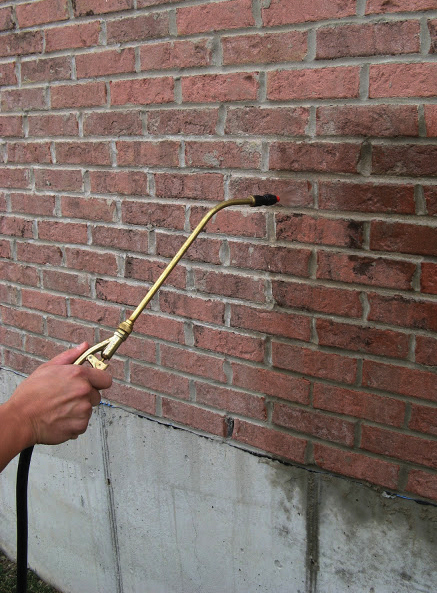
I’m now a convert to “building enclosure” and will use it exclusively. The building enclosure is one of the most fundamental concepts in building science, and it does make sense to use a single term term to describe it.

“Building enclosure” is already taking over the building science programs.It’s confusing to have multiple terms in use for the same concept, especially one as fundamental as the boundary between conditioned space and the various types of unconditioned space.I’ve resisted it up till now because I was more comfortable with “building envelope” and because I wanted a better reason than the quip given by Joseph Lstiburek (“Envelopes are for Fedex enclosures are for engineers”). Well, OK, that may not be exactly how it plays out, but I do think “building enclosure” is the better term to use. Their term is “building enclosure.” As the field develops, more and more people will be exposed first to that term, and those who prefer “building envelope” or other terms will die out. This may not be about a scientific truth, but those who write the building science textbooks and teach the building science courses seem to have made their choice already. Max Planck, the physicist who first recognized the quantum nature of radiation and whose portrait is shown above, once wrote: “A new scientific truth does not triumph by convincing its opponents and making them see the light, but rather its opponents eventually die, and a new generation grows up that is familiar with it.”

“Envelope” and “enclosure” don’t have different meanings (yet), but it’s still important to choose one to avoid confusion. Although the majority of people see “speed” and “velocity” as synonyms, for example, every physicist knows there’s an important distinction (velocity includes the direction) and uses the correct term when speaking about motion. It’s important for experts in a field to agree on the terminology for ease and clarity of communication. The battles over the fundamental terms is long over in that most fundamental of the sciences but still raging in one of the newest, building science.

In contrast, physics has been around for thousands of years, and a lot of the material students learn in introductory physics classes is hundreds of years old. Building science is a young science, crafting its own identity only in the 20th century. Here’s why I think it does matter, though.

Another contingent said it doesn’t really matter what you call it as long as the meaning is clear to all parties. Some also proposed a compromise approach using a combination word: envelosure or enclolope. After reading the many comments from readers here in the Energy Vanguard Blog and in the two LinkedIn groups where I posted the article as well, I have indeed decided that we should go with one of the two terms and abandon the other.Īlthough I’ve framed this debate as being between only the two terms I mentioned above, some of the commenters suggested other terms as well: building fabric, building shell, and building perimeter. “building enclosure” recently, I favored the former but overall felt agnostic on whether we should choose one over the other. When I wrote about the debate over the terms “building envelope” vs.


 0 kommentar(er)
0 kommentar(er)
